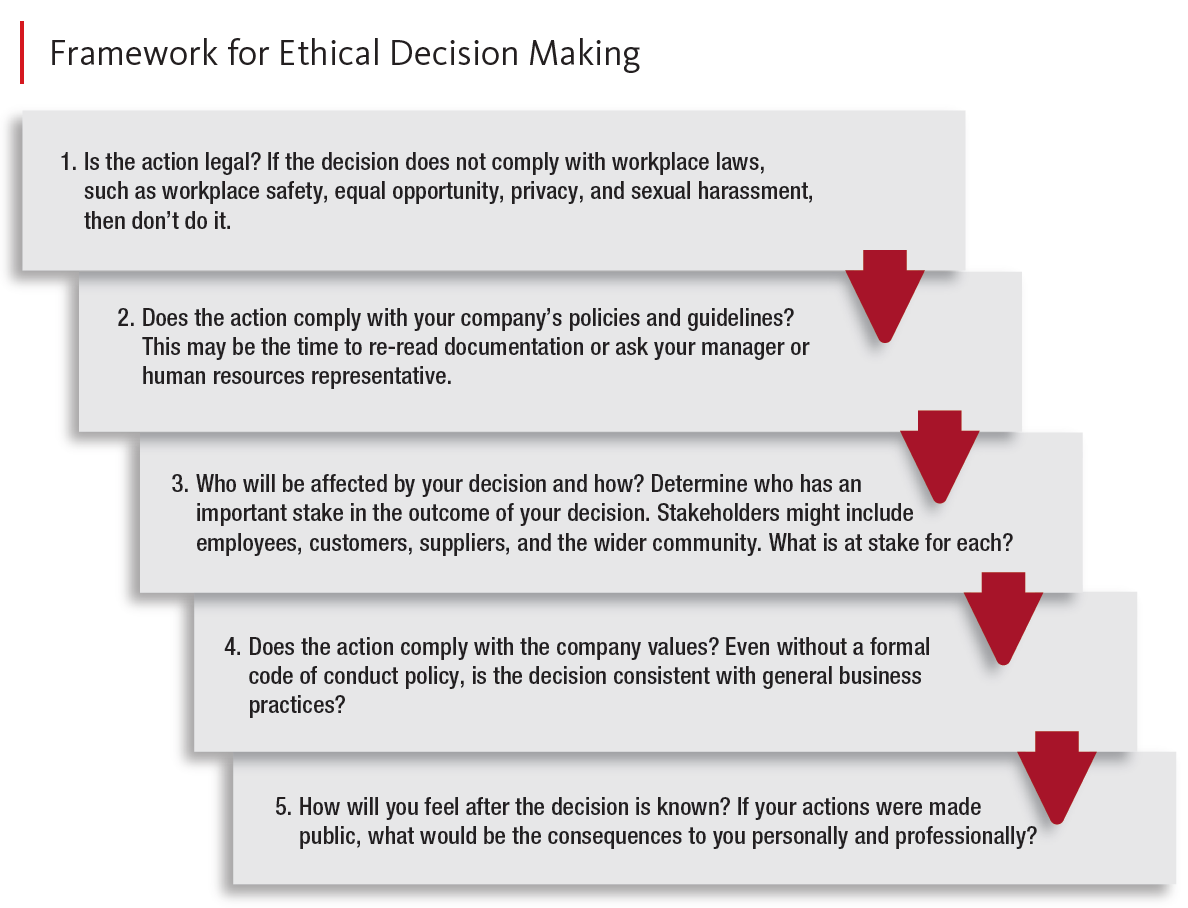Helping Someone Whose Parent Is Overly Involved
/I was curious about this story of a business owner who stepped in to offer advice to a parent. The owner’s friend reported the story and focused on the owner’s feedback to the father, but I want to focus on what else would be helpful to the young person looking for employment.
Jason Feifer, editor of Entreprenuer, posted the story on LinkedIn with a question, “My friend sent this text—would you?” His friend, Jeff Peterson received four messages from a young man’s father, each asking for a job for his son. Frustrated and genuinely wanting to be helpful, Peterson sent the message here. On a Help Wanted Spotify episode, Jason, Jeff, and Nicole Lapin discussed the situation.
They questioned whether this type of message might be helpful for the dad, so he knows, as Jeff says, that he isn’t “doing [his son] any favors.” They talked about other options, for example, ghosting the dad or saying only that all positions were filled.
I might consider a different approach. My thinking is that the father already knows that his son, not him, should be taking the initiative for jobs. I’m having trouble imagining a situation where an ambitious, go-getter son tells his dad that he’s going to reach out to Jeff, and the father says, “Oh, no. I’ll do it.” Four times? We don’t know the situation or their relationship, but I’m thinking there may be other issues. In other words, this might be a desperate attempt for a son who can’t or won’t reach out himself.
One option for Jeff, as the business owner, is to simply write—perhaps after the first message (and maybe he did)—”I’d be glad to consider your son’s application. Have him reach out to me himself.” A greater time investment that might be even more helpful is to say, after this fourth message, “Our positions are filled, but have your son contact me directly. I’d be glad to talk with him about how he might approach his search for other positions.” Again, maybe Jeff did respond that way to earlier messages, but that wasn’t discussed in the podcast.
Either way, the dad’s insistence is out of line, as they say on the podcast. I’m guessing students would agree about that.























